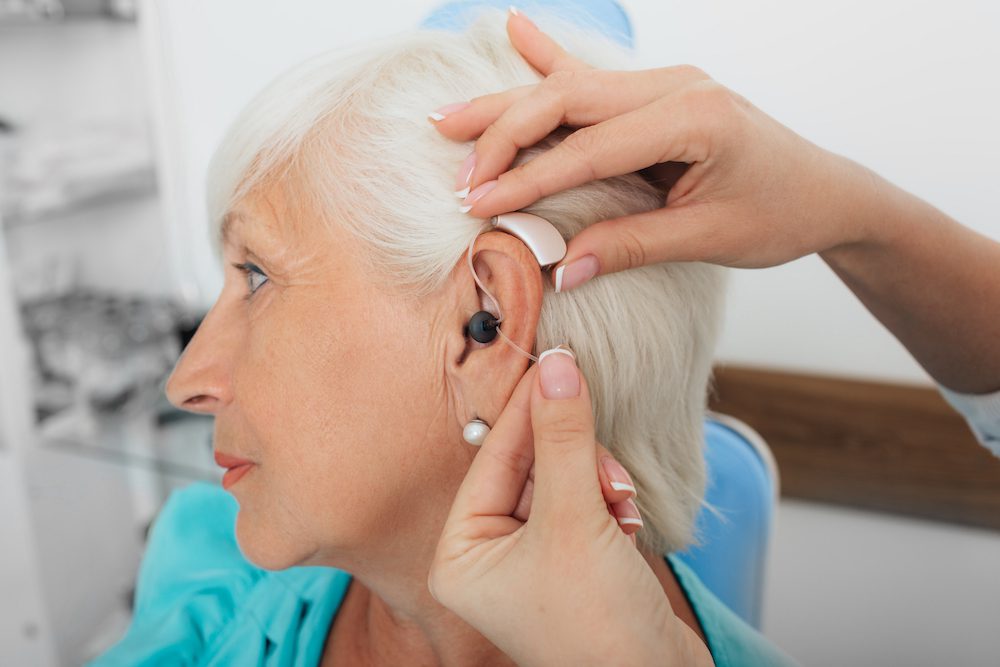
Hearing aids are a fantastic technology that can help people hear better and get more from the world around them.
They’re also something that many people think they understand just fine, but which can be somewhat perplexing in practice. The first time you meet with a hearing health professional, you probably won’t understand everything being said.
Even if it seems like a simple process, many factors to consider when getting fitted for hearing aids. Hearing health professionals have to consider many things when making recommendations.
If you’re thinking about getting fitted for hearing aids or helping someone else do so, this article will answer all your questions about the process and what to expect.
What To Expect In A Hearing Aid Fitting
One of the first things to remember is the different types of hearing aids. These include behind-the-ear hearing aids (BTE), in-the-ear hearing aids (ITE) and in-the-canal hearing aids (ITC).
The type of hearing aid you get will depend on the severity of your hearing loss and what kind of issues you’re having with your hearing. Let’s look at each type in detail to better understand what to expect during your fitting.
Behind-the-Ear Hearing Aids
Behind-the-ear hearing aids (BTE) are the most common hearing aid. They’re larger than the other types and are worn on the outer ear. Since they’re larger, they have more room for the electronics that allow them to process sound. They’re worn by people with mild-to-profound hearing loss.
In-the-Ear Hearing Aids
ITE hearing aids are smaller than BTE models and fit in the outer ear bowl. They’re worn by people with mild-to-moderately-severe hearing loss who still have some of their hearing.
In-the-Canal Hearing Aids
In-the-canal hearing aids (ITC) are the smallest of the three types. They fit inside the canal and are worn by people with mild-to-moderate hearing loss who still have some of their hearing.
Types of Hearing Loss & Their Effects
There are many types of hearing loss, each with its causes and effects. Some may require professional treatment, while others may be mild enough that you can get it by just wearing hearing aids.
Here are the most common types of hearing loss and their effects before attending your hearing aid fitting appointment:
- Conductive hearing loss: Occurs when sound can’t travel through the ear canal to reach the eardrum and is common in babies and children.
- Sensorineural hearing loss: Occurs when the inner ear or auditory nerve is damaged. It’s the most common type of hearing loss and can be caused by several things, including genetics, aging, exposure to loud noises and illnesses like diabetes.
- Mixed hearing loss: Is a combination of sensorineural and conductive hearing loss.
It’s perfectly normal to feel anxious before a hearing aid fitting appointment. Know that you can trust the expertise of a hearing health professional to guide you through this process. Let them explain your needs, options and the following steps.






